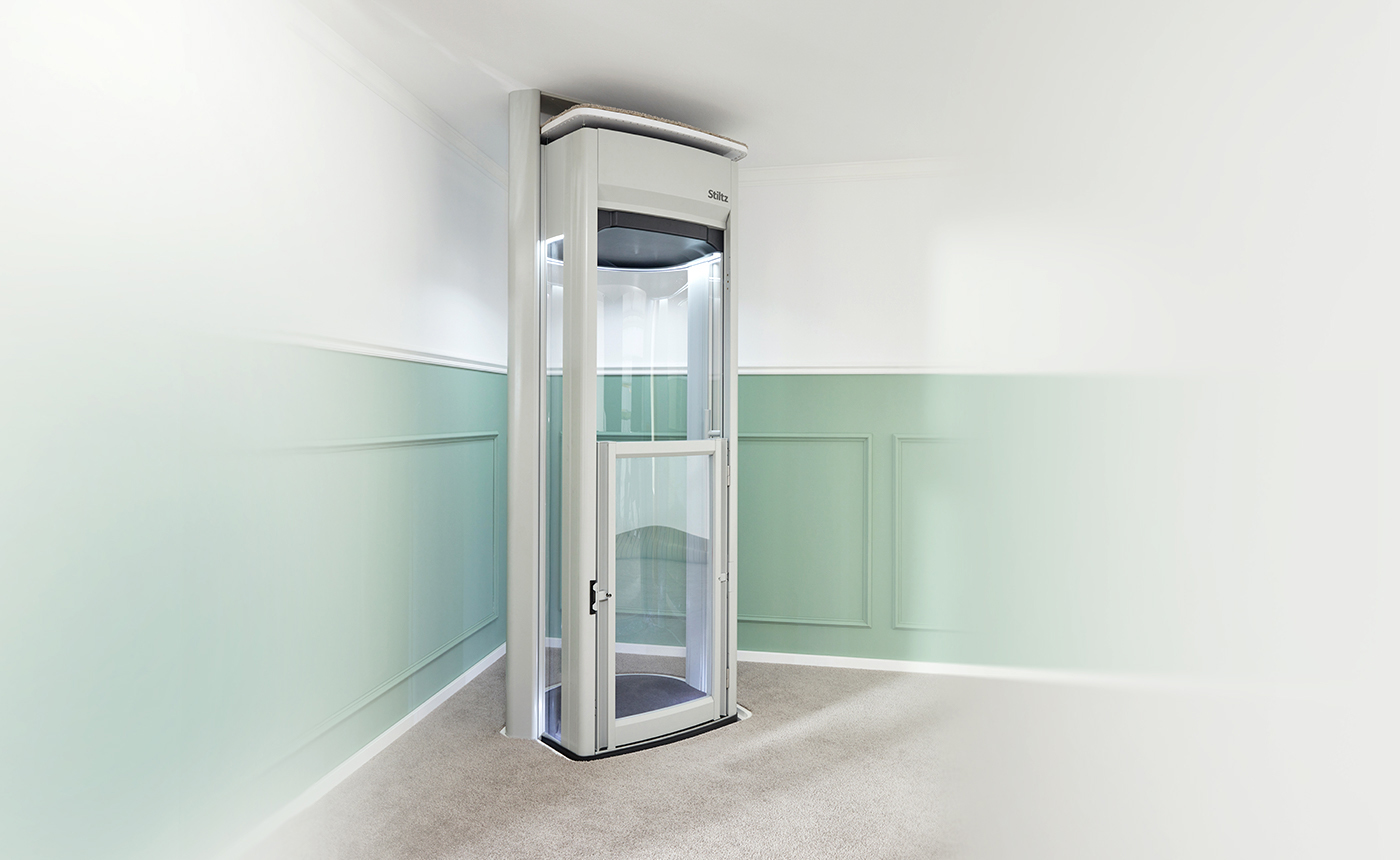London Lift Company: Relied On Experts for All Your Upright Transportation Demands
London Lift Company: Relied On Experts for All Your Upright Transportation Demands
Blog Article
Diving Into the World of Elevators: Typical Concerns Encountered by Numerous Lift Mechanisms
As we browse with the upright transportation systems of contemporary buildings, elevators stand out as an essential element of our everyday lives. From hydraulic lifts to grip systems and machine-room-less layouts, each lift type comes with its collection of common problems.
Hydraulic Lifts
Hydraulic lifts, commonly chosen for low-rise structures, utilize fluid pressure to control the motion of the lift automobile (lift repair companies). This device includes a hydraulic pump pressing oil into a cylinder, triggering the elevator to relocate the preferred instructions. While hydraulic lifts are known for their smooth and quiet operation, they do come with their own set of usual issues
One common problem with hydraulic elevators is oil leak. Furthermore, concerns with the control system, such as damaged valves or a malfunctioning pump, can cause interruptions in the lift's activity.
Regular upkeep and punctual repair services are necessary to ensure the smooth functioning of hydraulic lifts. By attending to these typical concerns proactively, building owners can reduce downtime and ensure the security and performance of their upright transportation system.
Grip Elevators
When considering vertical transportation systems in buildings, an additional usual kind apart from hydraulic elevators is the grip lift. Grip lifts run making use of a system of ropes and counterweights that relocate the elevator car by gripping onto the hoist ropes. This system permits smoother and quicker upright transportation contrasted to hydraulic systems.
Among the common issues encountered by grip elevators is rope wear. The constant movement of the ropes within the traction system can bring about tear and use over time, potentially causing the elevator to malfunction or end up being unsafe for use. Normal examinations and upkeep of the ropes are necessary to make sure the elevator's correct functioning and safety.
Another concern that traction lifts may run into is connected to the control system. Issues with the control system can bring about concerns such as unpredictable motion, delays in response times, or perhaps full closures. Routine testing and upkeep of the control system are crucial to avoid such concerns and make certain the lift's integrity.
Machine-Room-Less (MRL) Elevators

Among the key elements of MRL lifts is the compact gearless grip device that is mounted within the hoistway. This maker efficiently drives the elevator cars and truck without the requirement for large tools located in typical traction lifts. In addition, MRL lifts commonly make use of a weight system to stabilize the car, more boosting their energy performance.
Despite their benefits, MRL elevators might face difficulties connected to upkeep and repair service due to the confined room for tools setup. Accessibility for servicing components within the shaft can be restricted, requiring specialized home training for service technicians. Appropriate maintenance schedules and routine inspections are important to guarantee the ongoing smooth procedure of MRL elevators.
Overloading and Weight Restriction Issues
Are elevators geared up to handle excess weight loads effectively and securely? Overloading and weight limitation issues are crucial concerns in elevator operations. Lift manufacturers design lifts with details weight capabilities to ensure guest security and equipment longevity. Going beyond these weight restrictions can lead to various problems, including mechanical failures, hold-ups, and security hazards.
When lifts are strained, it places too much pressure on the motor, wires, and various other parts, possibly triggering failures or breakdowns. If they detect excess weight, safety and security devices such as sensing units and overload sensing units are in place to avoid lifts from relocating. In addition, going beyond weight limitations can cause boosted energy intake and damage on the elevator system.
To alleviate overloading issues, building supervisors ought to prominently display weight limitations in lifts and enlighten residents on the relevance of sticking to these restrictions - lift repair companies. Routine upkeep checks by certified specialists can additionally assist guarantee that lifts are running within secure weight parameters. By addressing overloading and weight limitation concerns proactively, structure proprietors can improve elevator safety and security and efficiency
Electric System Failings
Surpassing weight limitations in lifts can not just lead to mechanical issues but additionally possibly add to electric system failings within the lift infrastructure. Electrical system failures are a critical worry in elevator operation, as they can create unexpected shutdowns, breakdowns, or even safety and security threats.
Additionally, power surges or fluctuations in the electric supply can additionally interfere with the lift's operation, affecting its performance and security. These electric disturbances can harm delicate lift elements such as control panels, motherboard, or sensing units, leading to system failures. Regular maintenance and evaluations are vital to identify and deal with possible electrical problems without delay, making certain the effective and secure operation of lift systems. By sticking to weight restrictions and carrying out regular electrical system checks, structure owners can mitigate the risk of electric failures in lifts.
Conclusion

Hydraulic lifts, typically favored for low-rise buildings, utilize fluid pressure to regulate the movement of the lift car.When considering vertical transportation systems in structures, an additional common type apart from hydraulic lifts is the traction lift. Traction lifts run straight from the source making use of a system of ropes and counterweights that move the elevator car by gripping onto the hoist ropes. Unlike standard elevators that call for a separate maker space to house the equipment, MRL elevators integrate many of the parts within the shaft, removing the demand for a specialized equipment room.In final thought, lifts encounter typical issues such as hydraulic malfunctions, traction system failings, and electric system troubles.
Report this page